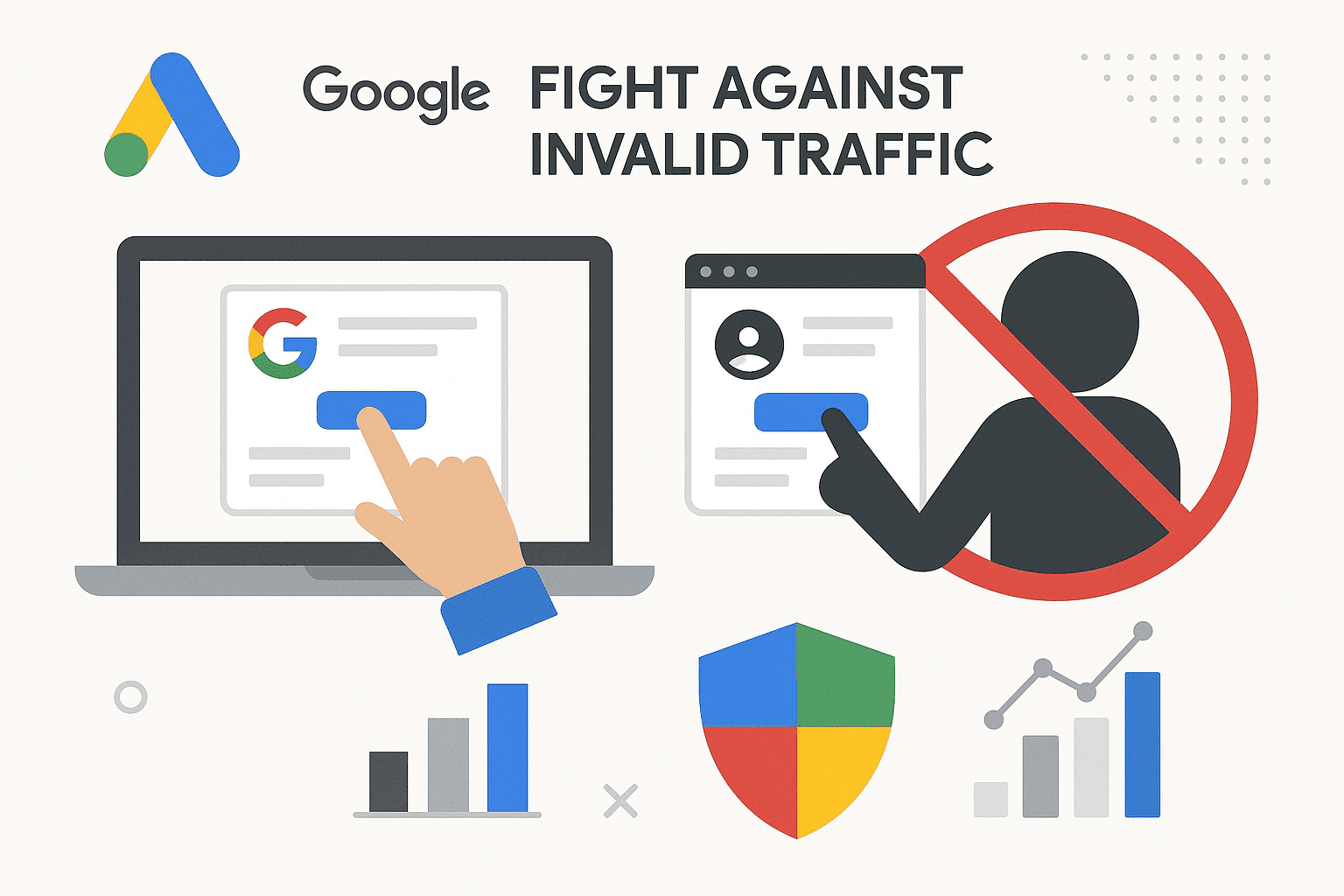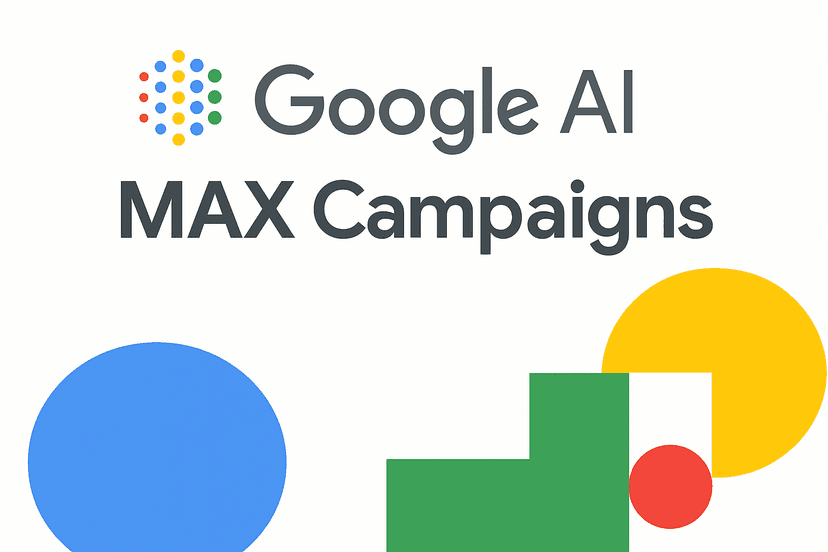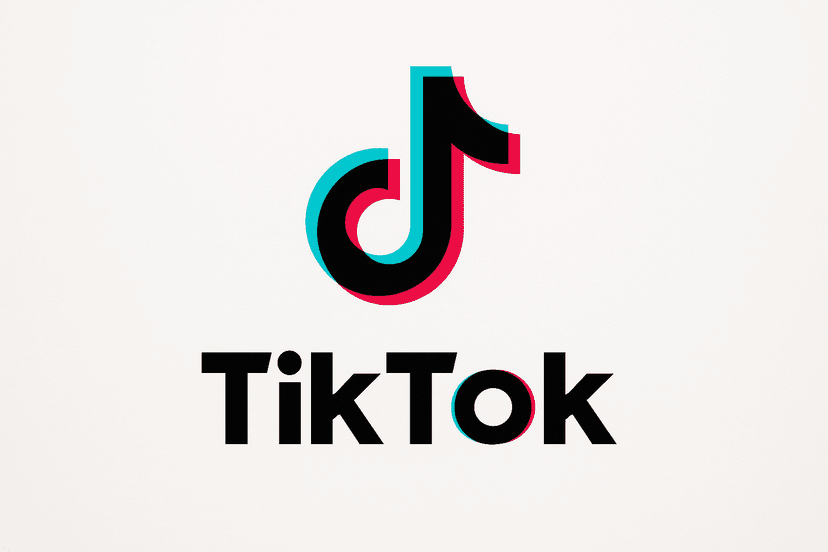Introduction
In the digital advertising landscape of 2025, ensuring that your ad budget delivers real results has never been more important. Google Ads remains one of the most powerful platforms for reaching potential customers, but the persistent challenge of invalid traffic threatens to undermine campaign effectiveness. The good news is that Google has significantly expanded its use of artificial intelligence to combat this issue, promising better performance and more accurate data for advertisers.
This comprehensive guide explores what invalid traffic is, how it affects your campaigns, and the innovative ways Google is using AI to fight back against this pervasive problem.
What is Invalid Traffic in Google Ads?
Invalid traffic (IVT) refers to clicks and impressions that don’t come from genuine users interested in your products or services. This traffic artificially inflates metrics without delivering actual business value. According to Google’s definition, invalid traffic encompasses everything from accidental clicks to sophisticated fraud attempts.
In the competitive digital advertising ecosystem, understanding what constitutes invalid traffic is crucial for optimizing your advertising spend and ensuring that your performance metrics reflect real user engagement.
Types of Invalid Traffic
Invalid traffic comes in various forms, each presenting unique challenges for advertisers:
Accidental Clicks
Sometimes users inadvertently click on ads, especially on mobile devices with smaller screens. While not malicious, these clicks still count as invalid traffic since they don’t represent genuine interest.
Bot Traffic
Automated programs that mimic human behavior can generate significant volumes of fake clicks. These range from simple scripts to sophisticated bots that can bypass basic detection methods.
Click Farms
These operations employ people to manually click on ads, making detection more challenging as the clicks come from real humans but with fraudulent intent.
Publisher Fraud
Some unscrupulous publishers artificially inflate their ad revenue by generating fake clicks on ads displayed on their platforms.
Competitor Clicks
In some cases, competitors might click on your ads repeatedly to deplete your daily budget without any intention of becoming customers.
Impact of Invalid Traffic on Advertisers
The consequences of invalid traffic extend beyond wasted ad spend:
Financial Impact
Invalid clicks directly increase your advertising costs without delivering any return on investment. For businesses with limited marketing budgets, this can significantly reduce campaign effectiveness.
Skewed Analytics
Perhaps more damaging in the long term is how invalid traffic distorts your performance metrics. When your data includes significant amounts of fake engagement, it becomes difficult to make informed decisions about campaign optimization.
Resource Misallocation
Based on misleading data, you might allocate resources to underperforming campaigns or keywords, further compounding the negative impact on your advertising ROI.
Brand Safety Concerns
Invalid traffic often originates from low-quality or fraudulent websites, potentially associating your brand with undesirable content.
Google’s AI Advancements Against Invalid Traffic
In 2024, Google has made significant strides in leveraging artificial intelligence to combat invalid traffic:
Integration of Large Language Models
Google’s Ad Traffic Quality team has collaborated with Google Research and Google DeepMind to implement industry-leading defenses powered by large language models. These sophisticated AI systems can more precisely identify ad placements generating invalid behaviors.
Comprehensive Analysis Approach
The updated systems provide stronger protections by analyzing multiple factors simultaneously:
- App and web content evaluation
- Ad placement assessment
- User interaction patterns
- Behavioral signals that indicate non-genuine engagement
Improved Content Review Capabilities
One of the most significant achievements has been a 40% reduction in invalid traffic stemming from deceptive or disruptive ad serving practices. This improvement helps advertisers better reach their intended audiences while keeping policy violators off Google’s platforms.
How Google Detects and Prevents Invalid Traffic
Google employs a multi-layered approach to identify and filter out invalid traffic:
Pre-Auction Filtration
Before ads are even served, Google’s systems work to prevent them from appearing in potentially fraudulent contexts.
Real-time Detection
During ad serving, sophisticated algorithms continuously monitor for suspicious patterns that might indicate invalid activity.
Post-Click Analysis
After clicks occur, Google’s systems analyze user behavior to identify patterns consistent with invalid traffic.
Automated and Manual Verification
Google runs extensive automated checks supplemented by manual reviews to ensure advertisers aren’t charged for invalid traffic, even when an ad serves.
Proactive Refunds
When invalid traffic is detected after billing has occurred, Google automatically issues credits to affected advertisers.
Best Practices for Advertisers
While Google continues to enhance its invalid traffic detection, advertisers should also take proactive measures:
Regular Campaign Monitoring
Frequent review of your campaign performance metrics can help identify sudden spikes or unusual patterns that might indicate invalid traffic.
IP Exclusions
Consider excluding IP addresses that show suspicious activity patterns from your campaigns.
Geotargeting Refinement
Limit your ads to regions where your target customers are located to reduce exposure to high-risk areas known for click fraud.
Audience Targeting
Use detailed audience targeting to ensure your ads reach users most likely to have genuine interest in your offerings.
Conversion Tracking Implementation
Focus on meaningful business outcomes rather than click metrics alone to better assess the true value of your advertising efforts.
Monitoring and Reporting Invalid Traffic
Staying vigilant against invalid traffic requires familiarity with Google’s reporting tools:
Invalid Click Rate Metric
Review this metric regularly to understand what percentage of your clicks Google has identified as invalid.
Sudden Traffic Spikes
Be particularly attentive to unexpected increases in click volume without corresponding conversions.
Google Ads Support
If you suspect unusual activity that hasn’t been automatically filtered, don’t hesitate to contact Google Ads support for investigation.
Third-Party Verification
Consider supplementing Google’s built-in protections with specialized third-party tools designed to detect sophisticated fraud.
Future of Invalid Traffic Prevention
The battle against invalid traffic continues to evolve:
AI-Driven Improvements
As Google’s AI capabilities advance, we can expect even more sophisticated detection mechanisms that learn and adapt to new fraud techniques.
Cross-Platform Coordination
Increased collaboration between advertising platforms will likely strengthen industry-wide defenses against invalid traffic.
Enhanced Transparency
We may see more detailed reporting on invalid traffic patterns to help advertisers better understand and address specific vulnerabilities.
Preventative Intelligence
Rather than just detecting invalid traffic after it occurs, future systems will likely become better at predicting and preventing it proactively.
Conclusion
Google’s expanded use of AI to combat invalid traffic represents a significant advancement for advertisers seeking to maximize their return on ad spend. By reducing false engagement indicators, these improvements ensure that your Google Ads campaigns reach actual potential customers rather than bots or fraudulent actors.
The benefits extend beyond immediate cost savings to include more accurate performance data, better audience insights, and ultimately more effective campaign optimization. As Google continues to refine its invalid traffic detection capabilities, advertisers can expect increasingly reliable results from their digital advertising investments.
While Google’s systems handle much of the heavy lifting, advertisers should remain vigilant by monitoring campaign performance, implementing recommended best practices, and staying informed about the latest developments in fraud prevention. By combining Google’s technological solutions with your own proactive measures, you can minimize the impact of invalid traffic and focus on connecting with genuine customers who drive real business growth. For more information on protecting your campaigns, explore our Click Fraud Protection services.







